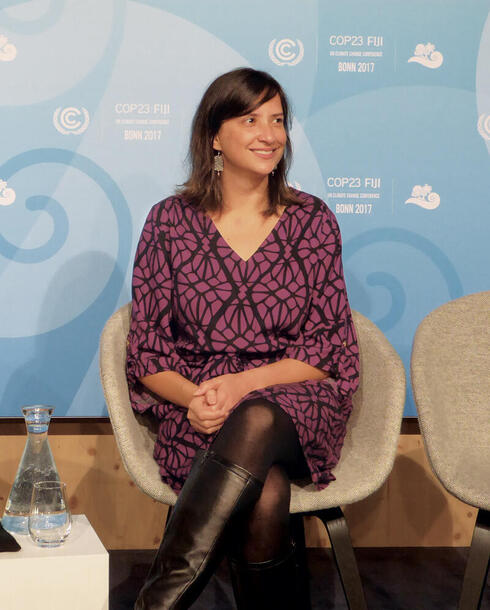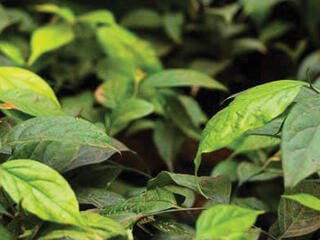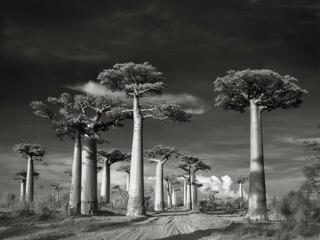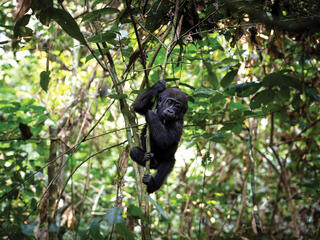It’s not every day that you see history unfold before you. But there I was, in Paris, France, in 2015, watching excitedly as nearly every country in the world signed on to the first global commitment to address climate change. And thanks to countless hours of behind-the-scenes negotiations, the Paris Agreement now expressly recognized the role forests play in climate mitigation.
At prior UN conferences on climate change, I had worked to negotiate global reductions in deforestation and forest degradation— two practices that, along with unsustainable land use, contribute roughly a quarter of the world’s CO2 emissions. In years past, though, not all countries had been required to set emission reductions targets. When that changed in 2015, it marked a huge milestone in my career—and for the planet.
But while strong global commitments are vital for setting long-term goals, they won’t be effective unless countries have the resources and motivation to realize them. That’s why, at WWF, I look at our work across the board to determine how we can strive for the biggest climate impacts on the ground.
I constantly ask myself: How can WWF help keep forests standing? How can we balance protecting nature with the development people need? The answers aren’t easy.
Take Guyana. This South American country has about 45 million acres of rain forest and is incredibly rich in natural resources. In 2015, a massive oil and gas reserve was found offshore—a discovery that could fuel poorly planned and unsustainable development, which could threaten forest ecosystems. In response, WWF is advising the government on developing infrastructure responsibly while allowing forests to thrive.
In the Peruvian Amazon, we’re taking a holistic approach to safeguarding forests in the Madre de Dios region, where unsustainable agriculture, cattle ranching, and commercial mining are driving widespread deforestation. Partnering with farmers and agricultural producers, we’re figuring out ways to manage lands more sustainably, including restoring degraded native forests to mitigate climate impacts.



